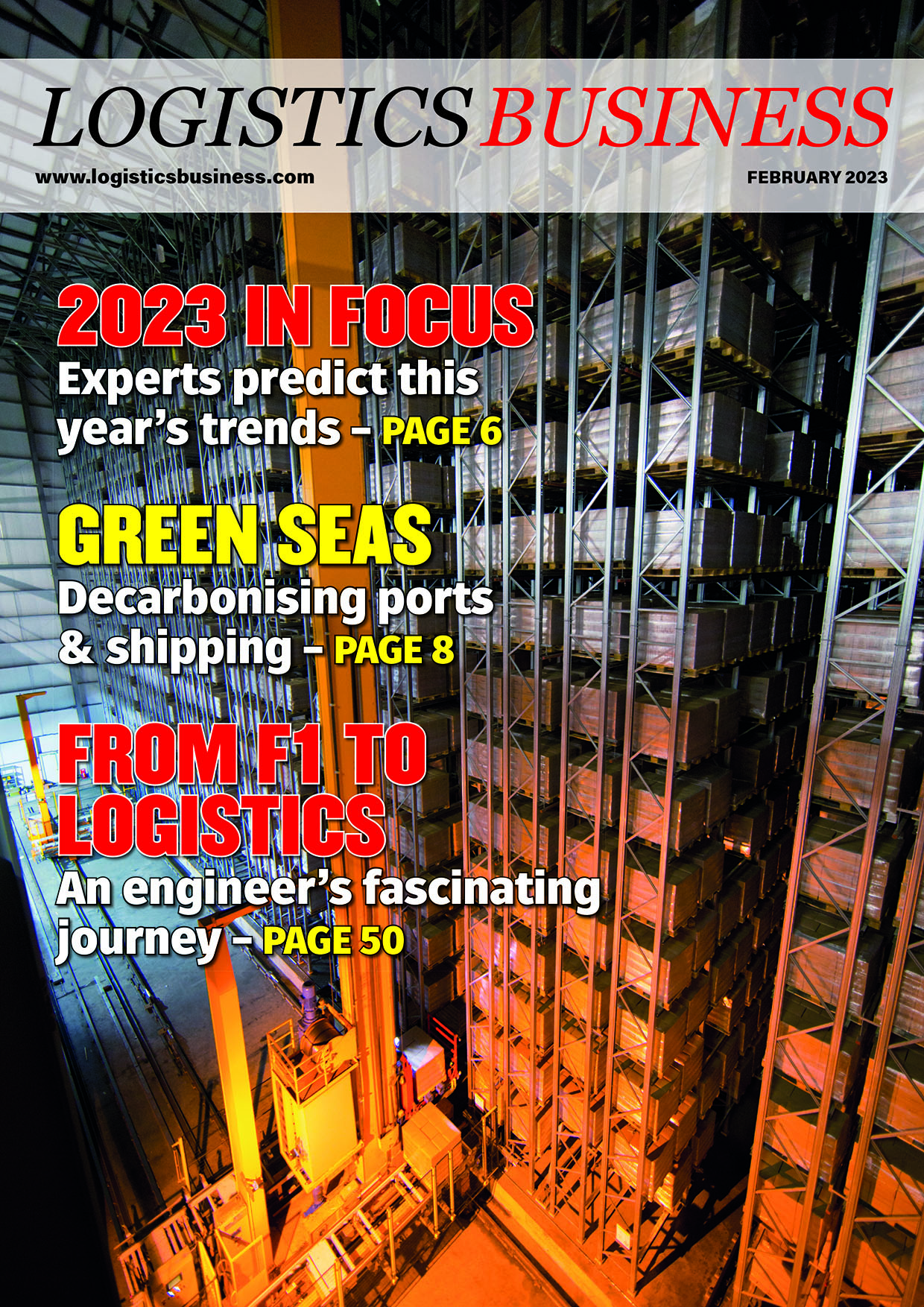For warehouse and logistics companies, the struggle to keep up with changing consumer demand and rapid delivery expectations can make every day seem like a peak shopping season. Keith Fisher, president of Honeywell Warehouse Automation, explores how warehouses can manage.
Winter 2022 stands testament to the unpredictability of retail demand. While the winter holidays have historically been a period of peak consumer shopping, a mix of economic factors made the 2022 holiday season one of shrinking sales volumes for UK retailers. According to the British Retail Consortium (BRC) , total sales rose by 6.9% in December 2022 compared to the previous year, but this figure is skewed by high inflation — in reality, the volume of retail sales declined sharply.
However, not all retailers were hit equally. E-commerce sales were harder hit during the holidays with the IMRG Online Retail Index showing sales fell by 12% in December, marking 2022 as the year that bucked a trend of growth for online retail. Meanwhile, data from the BRC indicates that physical stores received their highest footfall since the beginning of the COVID-19 pandemic, with retailers benefiting from offering in-store pickup of online orders. From a logistics perspective, this high street resurgence produced a greater-than-usual emphasis on efficiently fulfilling conventional retail stock orders. In addition, several retailers found that holiday sales were spread out across a longer timescale — for example, JD Sports reportedly commented that higher rates of inflation had prompted customers to buy sooner.
For warehouse operators, the holiday period has long come with a peak in demand that requires increasing levels of efficiency and throughput to manage. Yet in recent years, fuelled by the e-commerce boom seen over the course of the pandemic, the unpredictability of sales volumes — alongside greater expectations for rapid delivery and order fulfilment — has pushed logistics to its limits. Though the holiday season is now behind us for another year, it’s important that logistics companies take the time to address ways to alleviate strain on their operations when responding to rapid changes in demand — both during holiday peaks and year-round as the traditional sales cycle shifts.
According to recent Honeywell research , it is now common for warehouses to be faced with labour challenges year-round rather than just the holiday season – from dealing with an aging workforce to attracting, training and retaining the right talent. This is leading to a consistent shortfall of workers in warehouses. Furthermore, the general popularity of e-commerce and flash sales only add to the pressures on warehouse workers throughout the year, creating a situation where any day or week can see increases in demand. This is exacerbated by the shift to next-day and same-day delivery, which has largely become a customer expectation in recent years. The need to deliver on such a demanding expectation has led many warehouse operators to transition from larger distribution centres to operating a series of smaller, distributed warehouse facilities — something that brings its own challenges by making space a premium.
Due to these pressures, warehouse operators are looking for new ways of working efficiently. If they are yet to do so, warehouses will have to automate processes not only to thrive but endure the strains during periods of increased consumer demand and to alleviate the pressures of staffing shortages. We are increasingly seeing automation and digital technologies expand into new warehouse operations, from voice-integrated picking robots to autonomous mobile robots (AMRs) moving goods between warehouse zones.
The goal of warehouse automation systems shouldn’t necessarily be to just shift tasks from workers to automated systems as much as it is to scale capacity by augmenting human talent. This includes upskilling and refocusing employees towards higher-level, more challenging tasks, while leaving time consuming tasks to automated devices.
However, it’s essential to note that there is no one-size-fits-all automation solution to a warehouse’s demand pressures. For example, smaller distribution facilities will benefit more from an automated storage and retrieval system (AS/RS) than from several AMRs due to the space constraints. Additionally, software is the key piece that ties all this technology together and helps orchestrate it. Integrating automation technology through warehouse management and execution systems further optimizes solutions to create efficiencies.
While the exact application requirements and the maturity of automation deployments vary, there are some consistent approaches that operators can take to ensure their journey into warehouse automation is effective and future-proof. Prioritising predictability and reliability over speed, measuring the right return on investment, and planning flexibility into implementation projects are all valuable steps.
Winter 2022 signified a shift in the seasonal sales cycle for UK retailers; one that highlighted the unpredictability of retail demand. Although a decline was anticipated, the consumer move to earlier purchasing and back to high street stores was an unexpected one that again required a shift in logistics operations. Warehouse and logistics businesses should always be prepared for the next rise or change in demand. Currently, the day-to-day pressures are posing enough of a challenge for many companies to make one thing clear: warehouse automation is essential now.




